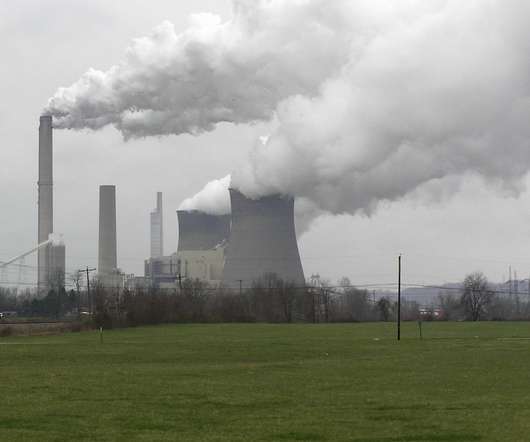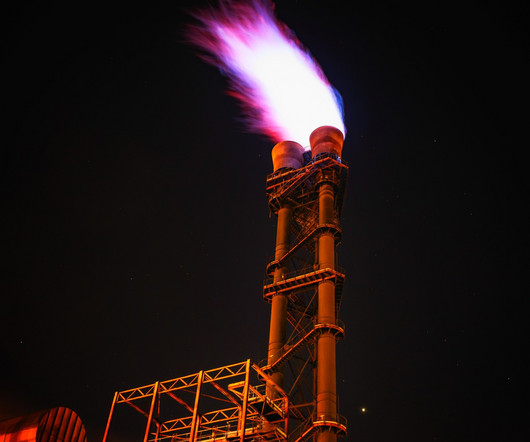Ohioans Stuck Burning Coal, Burning Cash
Union of Concerned Scientists
OCTOBER 28, 2022
6 , the notorious law the Legislature passed in 2019 that slapped Ohio ratepayers with a monthly surcharge to bail out two struggling nuclear plants. 6 in 2019 because it was bad for consumers, bad for the economy, and bad for the environment. Even if you don’t live in Ohio, you may have heard about H.B. Ohioans pay for OVEC losses.













Let's personalize your content